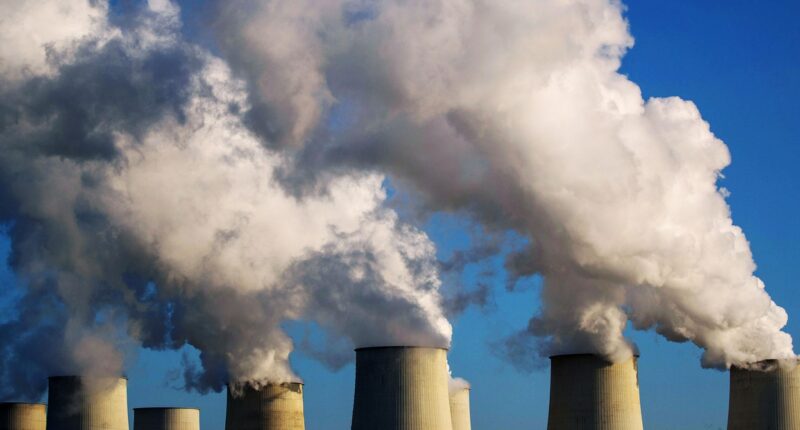

OK, a couple of quick points. This is just the surface temperature of the Earth. Since the light from the sun just hits the surface and the Earth radiates from the surface, this ignores any interactions with the very hot molten core.
Also, notice that this is quite a bit colder than the actual average temperature of the Earth (13.9 C)—a 27.1-degree C difference. That’s because the Earth isn’t actually a bare rock. Instead, we have an awesome atmosphere that protects us from what life would be like if the world was actually that cold.
What would Earth be like at that temperature? Well, there are already places on Earth that are much colder, many of them in Antarctica, where it can get below –90 C. And while only a few scientists live on bases in Antarctica, there are other places in the Yukon, Alaska, and Siberia that are permanently settled, and where the temperatures can reach below –60 C. So we shouldn’t assume that a colder Earth would be uninhabitable for people or other forms of life based on temperature alone, but most of them would probably cluster toward the warmer parts of the globe. (Remember that –13.2 Celsius is an average, so just like on Earth today, the poles would be colder than the equator. Antarctica and the Arctic would both be much much colder than they are now.)
And because an average of –13.2 C means that more of the planet would be below the freezing point (0 C), much more of the water would be ice. Still, places slightly above the average could have liquid water, depending on atmospheric pressure.
Surprisingly, you would still need a refrigerator for your food and drinks. However, this fridge wouldn’t keep things cold—instead it would insulate them from the outside temperature to prevent stuff from freezing.
Earth would still be warmer than Mars, which has an average of around –63 C. But Mars has some other issues that make it not so nice for humans. The atmosphere is super thin and contains very little oxygen. And without an atmosphere, Earth would have this problem too. Life-forms here would need to have evolved without the need for oxygen—and human-like visitors would need some type of space suit for protection and respiration.
Fortunately for us Earthlings, we do in fact have an atmosphere. It is mostly nitrogen but also has plenty of oxygen, and it’s 0.04 percent carbon dioxide (by volume). The carbon dioxide, along with water vapor, absorbs the infrared radiation emitted from the surface of the Earth and keeps things at a temperature that we can handle—for now.
But carbon dioxide is a growing problem. Too much means the atmosphere will reach even higher temperatures, leading to all the potential problems of climate change, including catastrophic glacier melt, sea level rise, and extreme weather. This is why the Paris climate agreement is an international goal to hold the line at 1.5 degrees C of warming above pre-industrial levels—and the bad news is that the last nine years have been the hottest on record. If temperatures keep climbing, Earth will no longer be perfect for humans—or for many of the other creatures on it.








